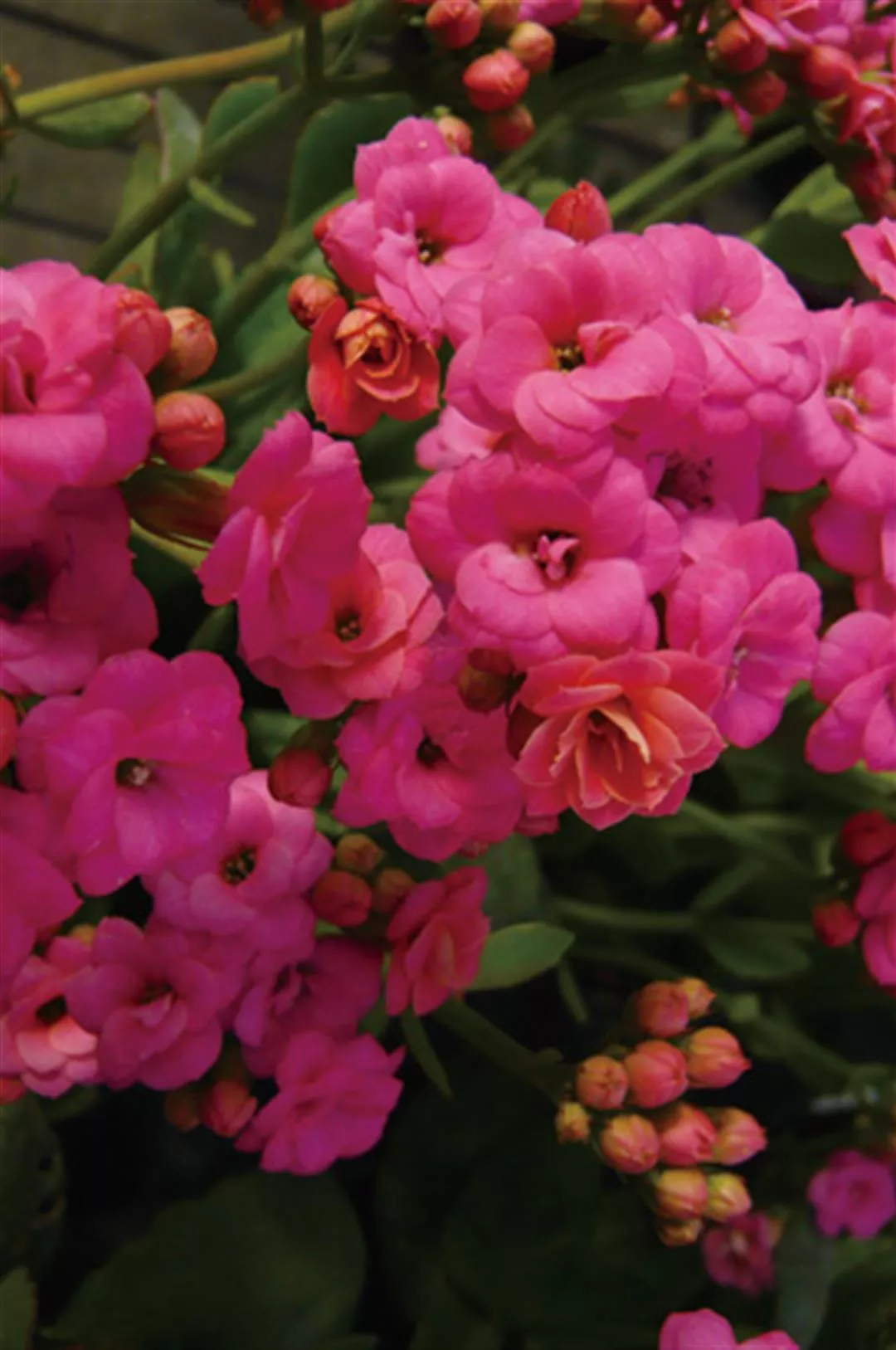Power and beauty
Flowers make for a beautiful business, and are also a high-value horticultural product.
The flower industry is comprised of a number of subsectors, including cut flowers, potted plants (with soil as the medium), orchids (with peat moss as the medium), bulbs, seeds, and seedlings. Taiwan's flower industry generates about NT$12 billion in revenues (about 6.6% of total agricultural revenues) on just 13,109 hectares of land (about 1.8% of the island's agricultural land), giving it a very favorable value per unit area under cultivation.
Better still, Taiwan's flower industry is still growing. In fact, flower exports increased tenfold between 1995 and 2008. And during the East Asian financial crisis of 1997, the flower industry was one of only two Taiwanese industries to resist the downturn and post positive growth. (The other was bicycles.)
In 2009, the cabinet-level Council of Agriculture resolved to turn Taiwan into a major player in the global flower business, into a veritable flower power. The COA was particularly enthusiastic about orchids, which have been commercially produced in Taiwan for more than 20 years, have the highest value per unit area under cultivation of any Taiwanese agricultural product, and already account for 23.3% of Taiwanese flower industry revenues. Moth orchids were recognized as one of Taiwan's four premier farming exports as early as 2004 (along with mangos, high-mountain tea, and tilapia), and the COA has now doubled its 2014 production-value target to NT$5.3 billion from an earlier objective of NT$2.65 billion.
The Taiwan flower industry's explosive growth stems in large part from the active involvement of industry, government, and academia.
Research units at National Taiwan University, National Chung Hsing University, and National Chiayi University have thrown themselves into developing new varieties, while Taiwan Agricultural Research Institute research stations have worked with nearby flower growers to develop cultivation and preservation techniques.
TARI established the Floriculture Research Center in Gukeng, Yunlin County, in 2001 to study Taiwan's important export flowers. FRC director Hsieh Ting-fang says that the center focuses on research related to Taiwan's major export flowers-moth orchids (Phalaenopsis), Oncidium (spray orchids), Cymbidium (boat orchids), flamingo lilies (Anthurium), lisianthus (Eustoma), and gladioli (Gladiolus).
Taiwan grows so many flowers. Why has it brought so few to the international market?
First, moth orchids are the only flowers for which we control the germplasm, which provides an incentive to focus on them. Second, flowers for export have to be removed from the soil and shipped with their roots exposed to prevent the transmission of plant diseases. Only a few plants are capable to tolerating this kind of abuse. Third, freshness is crucial in the cut-flower market. One of the industry's major challenges is finding ways to keep flowers looking fresh longer.

Indian poet Rabindranath Tagore said that leaves fall in love and produce the flowers. Tang-Dynasty poet Li Bai wrote, "The clouds remind me of her raiment, the flowers of her face..." Whether moth orchids, hibiscus, or Japanese camellia, whether pale white or deepest red, the world of flowers is filled with wonder and romance. The photo shows the double-petaled NCHU No. 3, a Kalanchoe blossfeldiana variety bred in Taiwan.